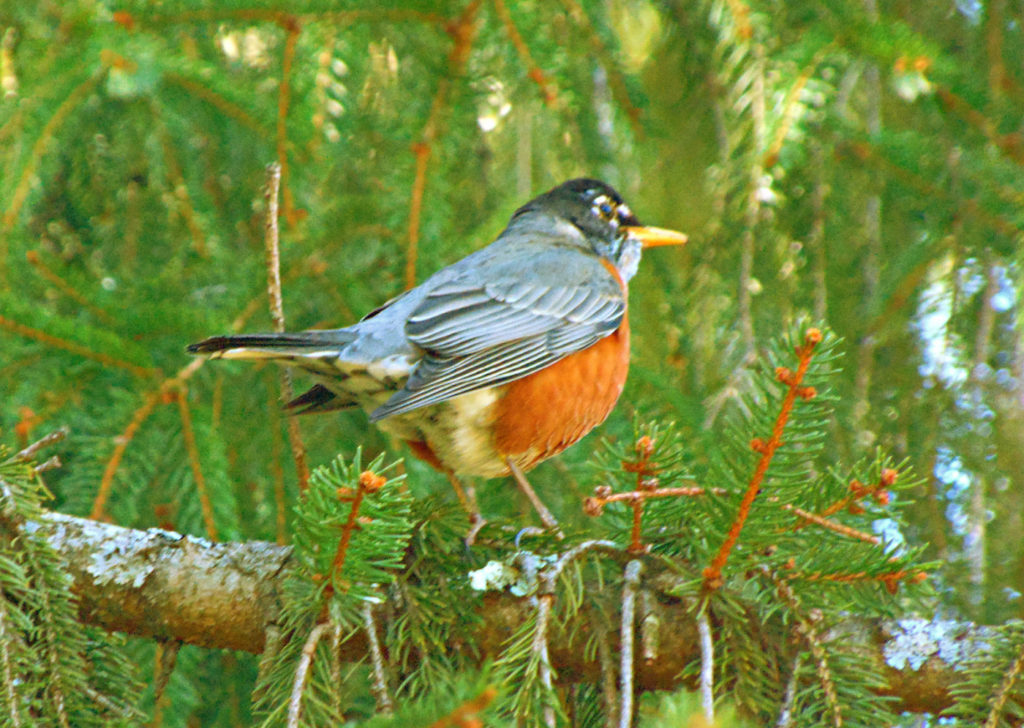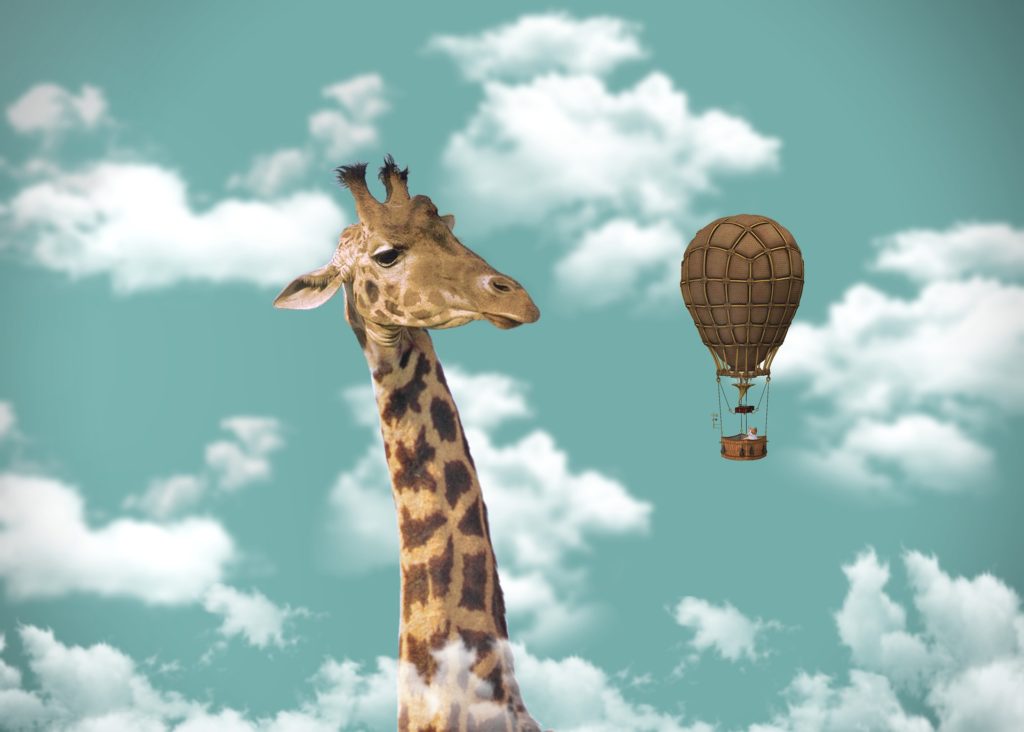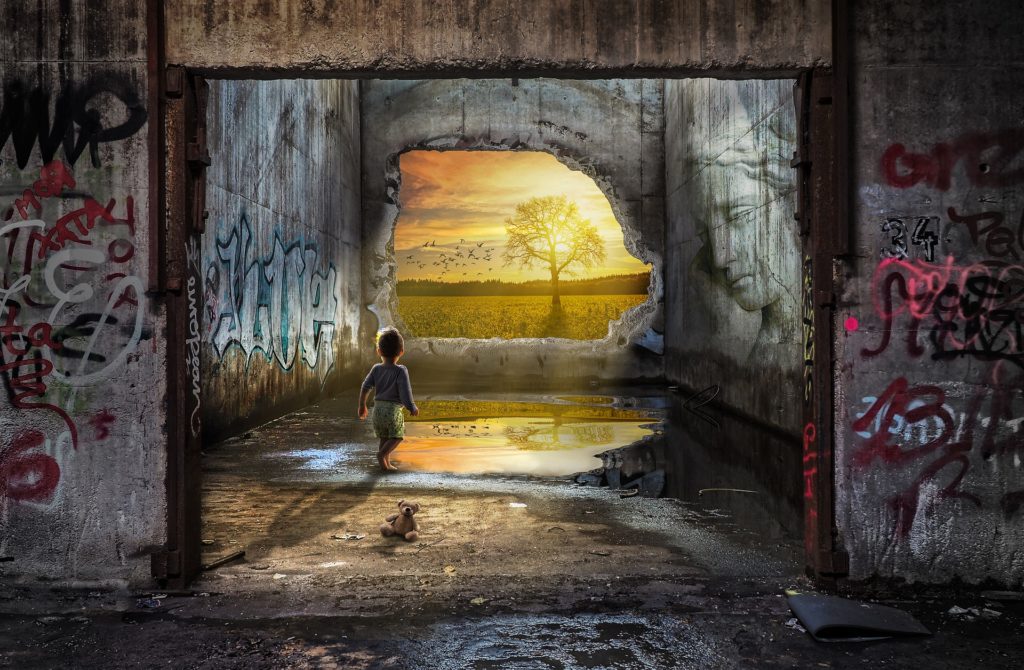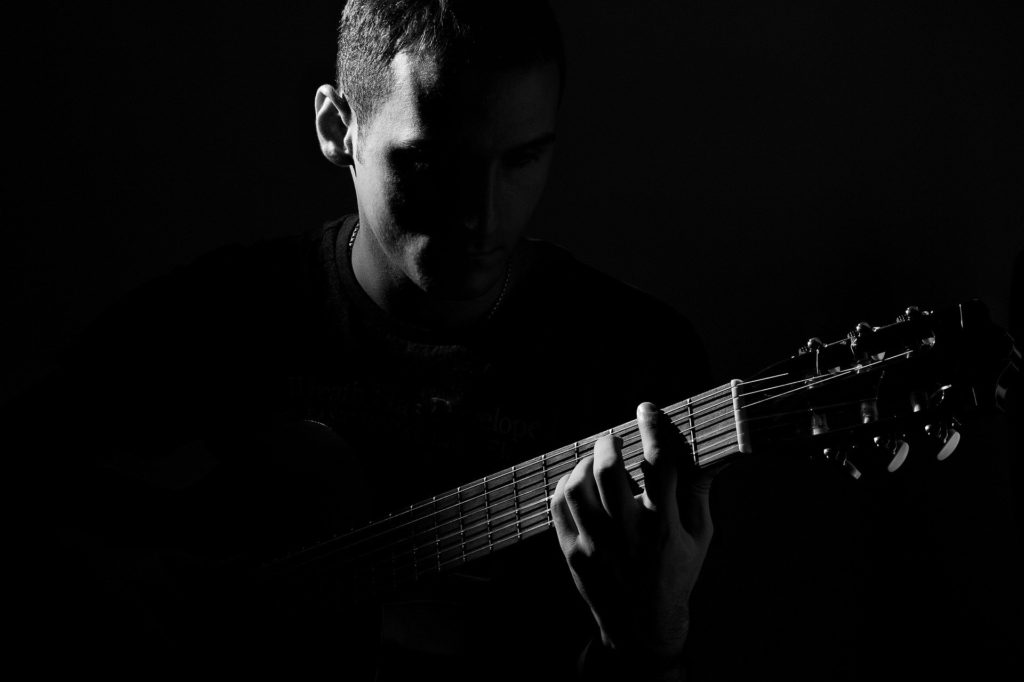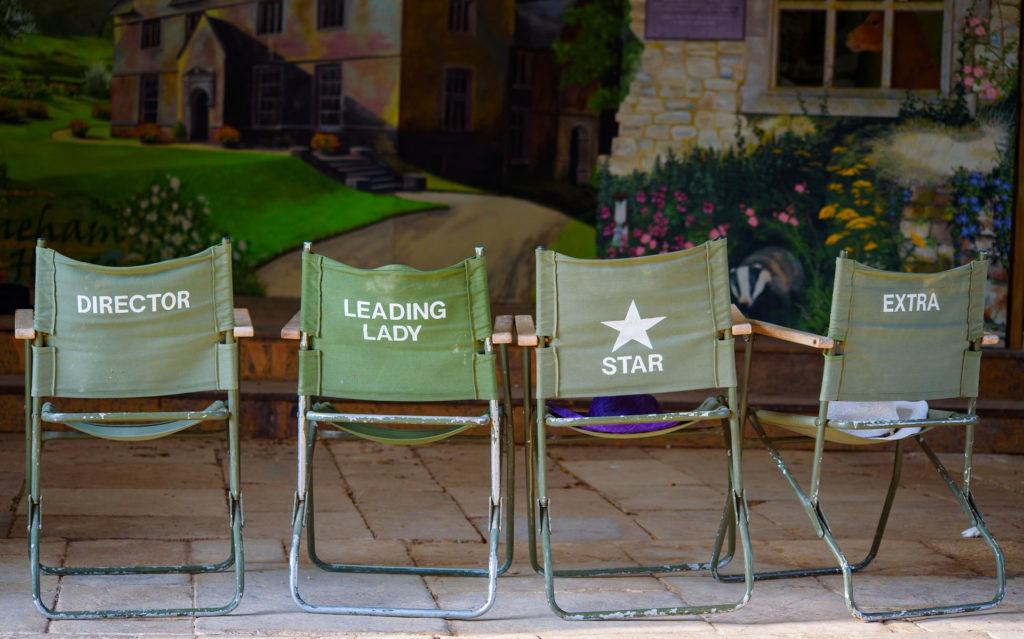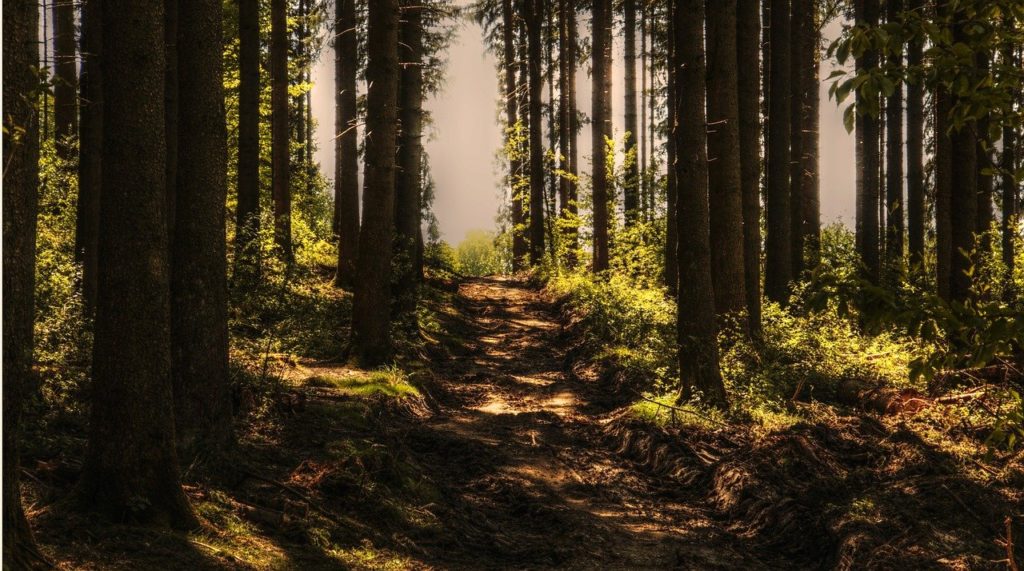
When I was a little kid, one of our family’s favorite entertainments was “going for a ride.” Mom would pack a picnic basket. Dad would polish the car’s windows. I’d grab a stack of comic books, a pillow and blanket (in case I would want a nap) and off we’d go for the whole day, exploring the highways of northern Michigan. To me, it felt like an excursion through paradise. I couldn’t imagine any better adventure.
Sometimes, after we had been riding in contented silence for a while, one of my parents would say to the other, “Penny for Your Thoughts.” It was a great game. You never knew where it would go. The only rule was that you had to tell the other person what you were thinking when the penny was offered.
I never saw either mom or dad pay the other the penny. Finally, one day I asked about that. Dad said they just put it on the books. I had no idea what he meant. I never saw pennies on any of our books But I guessed it was just one of those grown-up things.
This week, I revived the game for myself. I put pennies in a few places around the house and whenever I happened to notice one, I would stop and ask myself what I had just been thinking. I made a little mental note of what had been occupying me, labeled it “pleasant” or “unpleasant” and went on with whatever I was doing.
It was quite a revealing game. It showed me where I needed a tune-up. I like that phrase, “tune-up.” I think of a piano or guitar and how you need to adjust the strings now and then to stay exactly on the right note. If the string is too loose, your note will sound flat. If it’s too tight, it will lean to the sharp side. And we joy warriors like to stay right on key, perfectly balanced on the exact vibration. Smooth and clear.
Maybe it’s one of those “golden mean” things, that magical space where the scales between pleasant and unpleasant, good and bad, positive and negative–however you want to think of it–where the scales are balanced. It’s that place where you find yourself most open to reality, resisting nothing, accepting it all for what it is. Including your desire for it to be something else. And feeling love for it anyway. That’s the space I call being in joy.
The penny game turned out to be a good tool for entering it, or at least for remembering that it was my intended destination. Sometimes, when you’re stuck in a dark spot in the inner stories you tell yourself, remembering that joy is real and possible can be a genuine comfort. Who would have guessed you could still get such value for a mere penny.
I’ll scatter some virtual pennies between my words here for you. You can turn them into real ones if you want and put a few where you’re likely to spot them. Then, when you do, think “Penny for Your Thoughts.” See what you find out.
Wishing you treasures!
Warmly,
Susan

